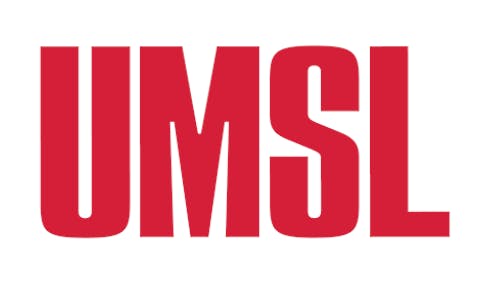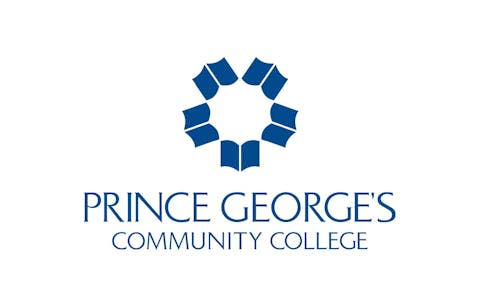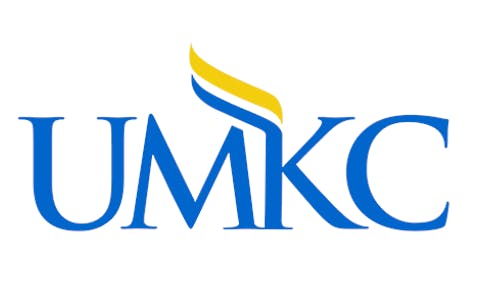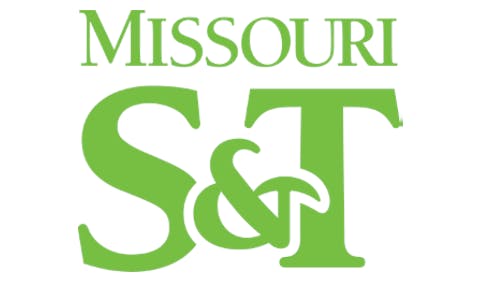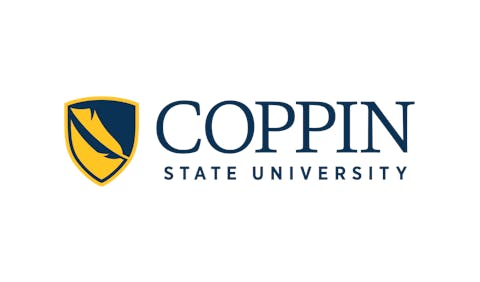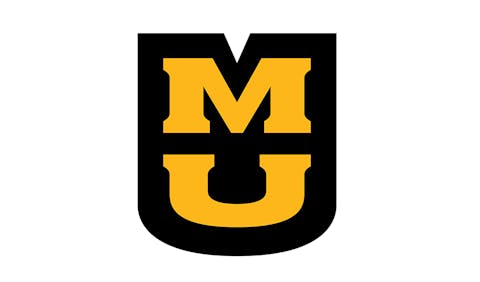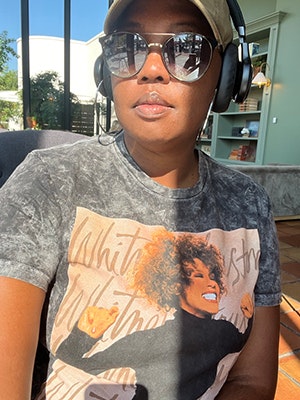Where Are We Going?
By Barbara J. Holmes
The need for African-American teachers — not to mention Hispanic, American Indian and Asian teachers — is even more urgent than it was in August 1988, when Diverse’s predecessor, Black Issues In Higher Education, published my article, “Why Black Teachers Are Essential.” At that time, the nation’s teaching force was approximately 12 percent minority, of whom 5 percent were Black. Today, the teaching force is closer to 16 percent minority, but 42 percent of students are members of minority groups. It seems clear that neither the schools nor the districts are doing enough to ensure diversity in their teaching force or their administrative offices. In many cases, only one or two schools in a particular district show any evidence of diversity.
The statistics for Blacks and Hispanics are worrying, to say the least. Roughly 55 percent of Black and Hispanic students graduate from high school, while 78 percent of White students earn a high school diploma. According to some studies, thirty-three percent of Black men between the ages of 18 and 25 are involved in some way with the criminal justice system, and Blacks comprise 41 percent of the overall prison population. Also, high school graduation, college attendance and college graduation rates have all slid for Black students in recent years. The increasing incarceration rates and drooping education rates should be setting off alarm bells across the country.
The data suggest a dire future for African-Americans, especially those struggling to escape the clutches of poverty. Unless leaders on a local and national level begin taking these trends seriously, we’re not going anywhere.
Mainstream America is often guilty of brushing off the difficulties of poor students by approaching the discussion with a personal-attribution mindset. We blame the student, saying that poor students don’t value education, and so cannot or will not succeed in school. Nothing could be further from the truth. In actuality, it is often the teachers who determine the fate of these students. They expect less, demand less and thus receive less from the students in their classrooms. We need to remember that, in many cases, it is those in authority who, sometimes unconsciously, validate the destructive correlation between socioeconomic status and educational potential. Even when the social status of Black Americans was “slave,” it did not prevent them from seeking and acquiring knowledge and making substantial contributions to American society.
To help minority students overcome the low expectations they all too often encounter in the classroom, it would be wise for the teaching force in any given school to reflect the diversity of its community. A teacher is often the first, and in some cases the only, adult who provides encouragement to a child. Having teachers that look like them can motivate the students to believe in their own abilities.









